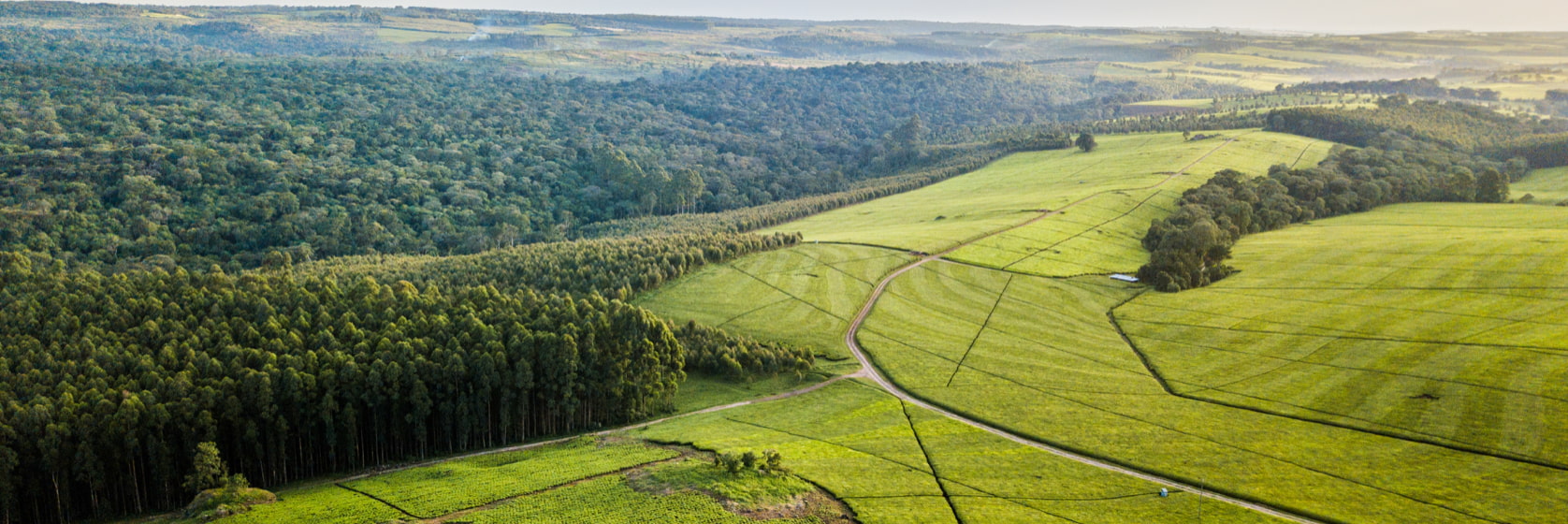Jurisdictional Approaches 101
The private sector is exploring the Jurisdictional Approach (JA) as a way to secure their supply chains from risks including deforestation and social conflicts.
What
Though the term may sound new, JAs, like landscape approaches, try to implement sustainable practices by rooting them in governance systems more expansive and inclusive than a company’s individual supply chain. Both approaches engage active and meaningful participation from several key stakeholder groups, and both align activities and inputs to define and achieve shared goals.
Where
JAs, though, do differ from landscape approaches. JAs specifically cover whole administrative boundaries, whether at the level of provinces or states (e.g. Mato Grosso in Brazil, Sabah in Malaysia, or East Kalimantan in Indonesia) or districts and municipalities (e.g. Siak and Aceh Tamiang districts in Indonesia).
They may even cover an entire country – Ecuador, for example, is the pilot stage for jurisdictional certification under the Roundtable on Sustainable Palm Oil.
How
Because JAs follow political boundaries, their success depends on the commitment and leadership from local governments.
They aim to bring subnational governments – with a mandate to direct land use and development – to ‘own,’ embrace and share the sustainability challenges that have for years been voiced by private and civil society stakeholders.
Subnational governments can also more effectively engage different stakeholder groups to coordinate, plan, and align programs.
Who
Since the commitment covers whole administrative areas, JAs are by definition cross-sectoral and cross-commodities, although certain local priorities (e.g. to prevent peat fires), or interest in a single commodity, may serve as the entry point to the jurisdiction.
With leadership of the local government, companies see how JAs have strong potential to address systemic challenges such as land tenure, or forest fires.
Working together allows companies to more effectively implement their commitments to responsible sourcing and production, as well as scale up social and environmental impacts beyond individual supply chains.

Learn more
For more references on JAs, explore the hub’s Resources, some of which are provided here:
- Landscape-level Action for Forests, People, and Sustainable Production: A Practical Guide for Companies (Tropical Forest Alliance, WWF and Proforest, Sept. 2020)
- Case study: Siak Pelalawan Landscape Programme: How Companies Collaborate and Engage (Proforest, July 2020)
- Value Beyond Supply Chains: Guidance Note for the Private Sector (UNDP Green Commodities Programme, Dec. 2019)
- A “Commodity First” Approach to Identifying Landscapes for Private Sector Engagement (Tropical Forest Alliance, April 2019)
- Engaging with Landscapes Initiatives: A Practical Guide for Supply Chain Companies (Proforest, 2019)
- The State of Jurisdictional Sustainability: Synthesis for Practitioners and Policymakers (Earth Innovation Institute, Center for International Forestry Research, and Governors’ Climate and Forests’ Task Force, Sept. 2018)
